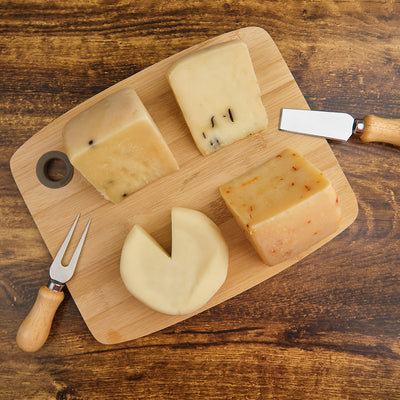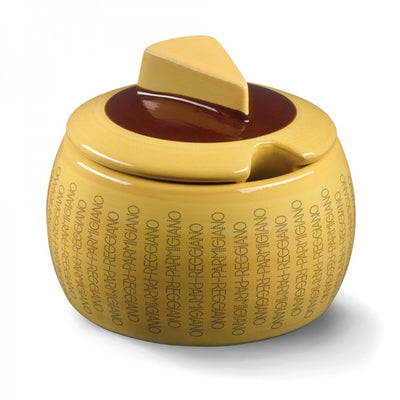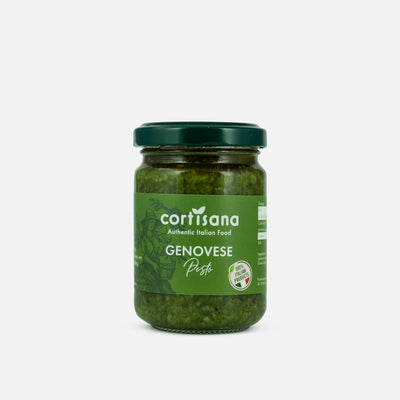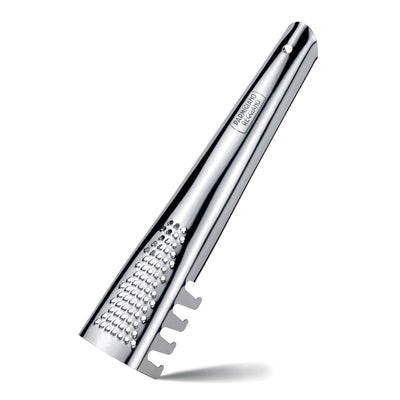How to choose the right pasta shape for your sauce
Popular stories tell us that Marco Polo was responsible for bringing pasta to Italy, something that he brought back from his travels in the Far East.
However, pasta is much older than this. An Etruscan tomb dating back to 4 BC has pictures on it showing locals making pasta. Of course, the Chinese have records of noodle-making dating back as far as 3000 BC!
Regardless of how long pasta has been in existence, it has become a staple meal in many countries. Of course, today there are many different types of pasta shapes available.
What you may not realize is that the different pasta shapes aren’t just to establish competition or a brand. The different shapes of pasta serve a purpose: the secret is to understand the different pasta shapes and how they can be combined with any type of Italian sauce.
Let’s take a closer look.
What Are The 25 Common Pasta Shapes
There are many different pasta shapes: matching the pasta shapes and names is an interesting challenge that will help you identify the right pasta shape for your sauce.
Here are 25 of the most common pasta shapes:
- Angel Hair – long and possibly the thinnest pasta available.
- Bucatini – another long pasta but this one’s hollow. It’s literally possible to use it like a straw!
- Cavatappi – spiral-shaped elbows, that’s a fun pasta shape. These are thick with ridges outside.
- Campanelle – this pasta shape looks like a miniature handbell.
- Elbows – small thin tubes, like macaroni but elbow-shaped.
- Ditalini – these are small hollow tubes, often added to soups.
- Farfalle – the name is derived from the Italian for butterflies, however most people see this as bows.
- Linguine – this pasta is similar to noodles, they’re thin but thicker than spaghetti and an excellent addition to chunky sauces.
- Tagliatelle – this is wider than linguine but another excellent ribbon-style pasta shape, great for twirling on your plate.
- Fettuccine – a pasta similar to tagliatelle and linguine, thin and flat: it’s great for most pasta dishes.
- Fusilli – thin spirals which are surprisingly firm, even after cooking.
- Gemelli – These twisted strands of pasta are effectively two intertwined strands. It’s a fun pasta shape and great when eating with a fork.
- Lasagna – one of the most iconic pasta shapes. These flat and wide sheets are perfect for heavy sauces, as they can hold a wide array of ingredients.
- Manicotti – these are best described as large hollow tubes, great for soaking up thick sauces.
- Orecchiette – best described as ears, these are excellent with thinner sauces as they act like miniature spoons.
- Paccheri – this is a great option when you want the pasta to stand out on your plate. It’s perhaps the largest pasta tube available.
- Pappardelle – these large ribbon-like pieces of pasta are long and work well with heavier sauces.
- Pastina – potentially one of the smallest pasta shapes available, these star-shaped delights are simply a pleasure to eat. Their creamy taste makes them a great addition to almost any dish.
- Penne – perhaps the most common of pasta shapes, penne tubes are generally short with ridged outer edges.
- Ravioli – square pieces of pasta stuffed with a sauce and absolutely delicious!
- Rigatoni – this type of pasta is similar in size to penne, but thicker with deeper ridges.
- Rotini – another spiral pasta shape which is great at soaking up sauces, making them an excellent choice for thinner sauces.
- Shells – These appear like half-open shells, they’re great at picking up sauce and are often paired with fish or ground meat.
- Spaghetti – it needs no introduction! The ultimate long and thin noodle.
- Tortellini – it’s similar to a miniature ravioli, but is more ringed in shape.
Summing Up
Fun pasta shapes make meals fun! But the different pasta shapes also serve a purpose.
The best approach is to look at the size of the chunks in the food you’re eating. You can choose the pasta which is best designed to accommodate that size of chunks. It’s that simple!
























Hi,
I’m Derak , an experienced SEO specialist ready to help you succeed online. Armed with connections to various trusted websites,
I’m ready to enhance your website’s Google ranking by securing valuable backlinks.
Let me know your needs, and I’ll find the right platforms.
Interested in boosting your SEO game? Contact me.
Best regards,
Enhance your website’s SEO and authority with my guest posting services. I offer high-quality content placed on top-tier sites, bringing powerful backlinks and improved search engine rankings. Let’s work together to drive more organic traffic to your site
Regards
Remi
Leave a comment